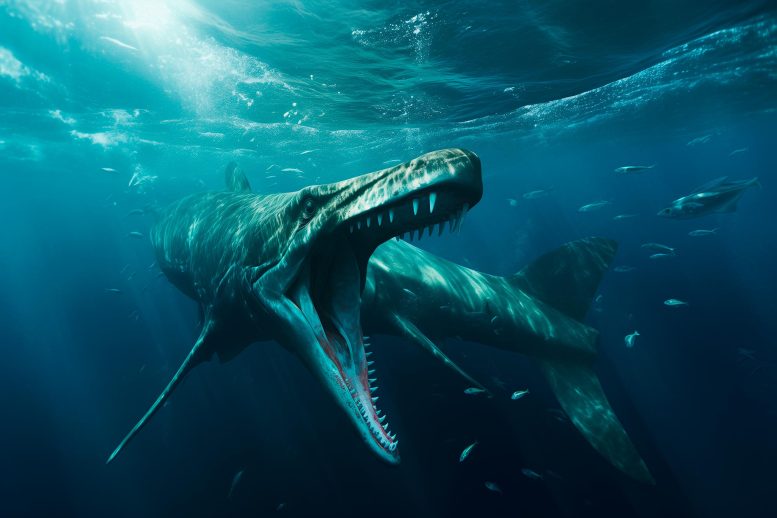
Paleontologists used 3D scanning to examine the wear marks on mosasaur teeth, uncovering evidence of selective eating habits. This research illustrates dietary variations among species, with some mosasaurs favoring shellfish and others preying on scaled fish.
Researchers from Utrecht University and the Natural History Museum Maastricht discovered dietary preferences among mosasaur species by examining tooth wear marks, using 3D scanning techniques. This study enhances understanding of Cretaceous period biodiversity and highlights Maastricht’s limestone deposits’ significance in paleontology.
The cradle of paleontology – the study of fossil remains of animals and plants – lies in the Maastricht limestones, where the first Mosasaurus was discovered in 1766. The Dutch-Belgian border area around the Limburg capital is one of the best-explored areas in the world where Cretaceous rocks are concerned, the era that came to an abrupt end 66 million years ago.
New data can now be added to all previous knowledge: the Maastricht mosasaurs turned out to be quite picky in their choice of diet. This is the conclusion of researchers from Utrecht University and the Natural History Museum Maastricht. In collaboration with English colleagues from the University of Leicester, they were the first in the world to study the wear marks on mosasaur teeth.
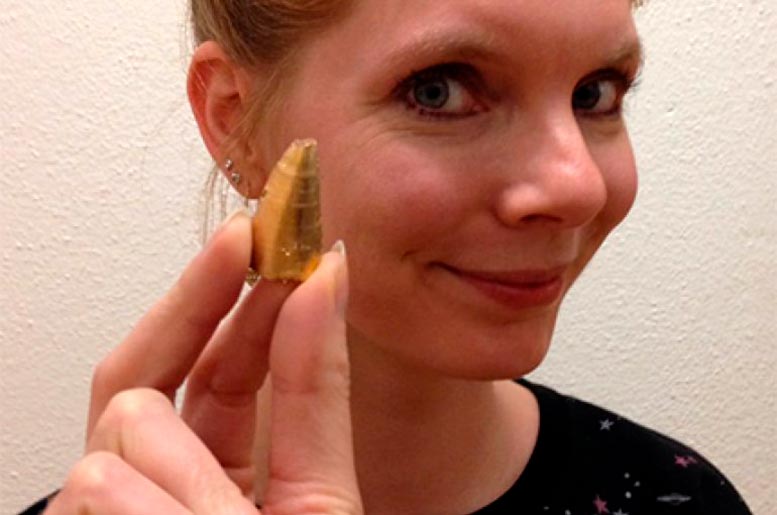
Femke Holwerda with a cast of one of the teeth examined. A gold coating provides better resolution. Credit: Utrecht University
Mosasaur Diet Studies
“We were curious whether different species of mosasaurs around Maastricht were really getting in each other’s way in their choice of food, or whether this was not so much of a problem,” explains Dr Femke Holwerda, paleontologist at the Utrecht University Faculty of Geosciences. In the absence of data on stomach contents of the Maastricht monitor lizards, the researchers therefore looked at minute scratches on the teeth of these animals from southern Limburg (the Netherlands) and in the vicinity of Eben-Emael (province of Liège, Belgium).
Seafood Banquet
“It seems that the various species of mosasaur reveal differences in diet. We noted these differences mainly between the smaller species — by mosasaur standards — of about three to seven meters in overall size, and the larger ones, eight to fifteen meters in length.” But there were also some differences between the larger species.
“Prognathodon in particular, with its large cone-shaped teeth, appears to have had a surprising amount of shellfish in its diet, so it apparently loved its seafood buffet. Another species, Plioplatecarpus, with narrow pointed teeth, showed a striking number of signs of wear. Perhaps this species was also fond of fish with strongly scaled bodies.”
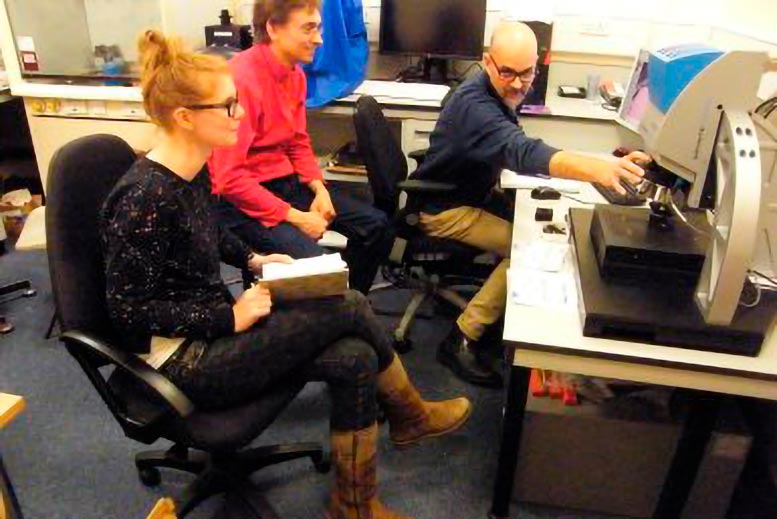
Analysis of gold-plated Mosaurs’ teeth. Credit: University of Leicester
Innovative Research Techniques
The researchers first made casts of the teeth in silicone rubber and put them in the 3D scanner. “This technique had already been used in dinosaurs, but we were the first to look at the teeth of mosasaurs in the same way,” explains fellow paleontologist Anne Schulp, also affiliated with Utrecht University.
Understanding Ecosystem Diversity
With this research, some missing pieces of the puzzle from the long-gone latest Cretaceous world are found. “We wish to understand diversity better,” says Schulp. “And that is made easier for us because the animals studied all come from the same rocks, and therefore the same period. So instead of describing just one species, we look at the ecosystem as a whole.”
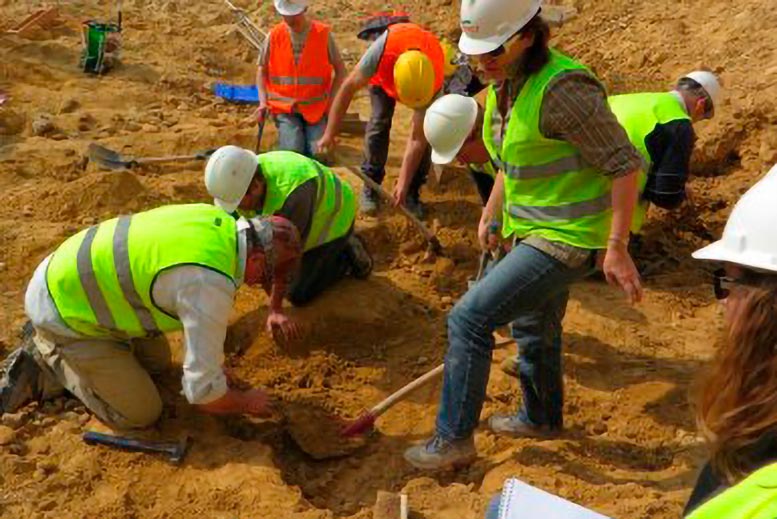
Excavation of Mosasaurus “Lars” in the former ENCI quarry near Maastricht. Credit: Natural History Museum Maastricht
Unique Limestone Deposits
The limestone deposits around Maastricht are a goldmine for paleontologists. Schulp: “Nowhere else in the world is the habitat of mosasaurus as well preserved as here. You can find them in very soft limestone, so wear and tear of the teeth from other causes may be ruled out.”
Role of Amateur Paleontologists
Of course, such an abundance of potential finds also exerts a great attraction on amateur paleontologists. “There’s nothing wrong with that,” emphasizes John Jagt, curator at the Natural History Museum Maastricht. “Amateur literally means ‘enthusiast’ and thanks to 250 years of intensive research by these enthusiasts, we have learned a lot about mosasaurs and other extinct life forms. A museum like ours benefits greatly from this. What also helps is that this kind of amateur science is stimulated in the Netherlands: it is simply allowed by law. That’s not the case everywhere.”
Reference: “Three-dimensional dental microwear in type-Maastrichtian mosasaur teeth (Reptilia, Squamata)” by Femke M. Holwerda, Jordan Bestwick, Mark A. Purnell, John W. M. Jagt and Anne S. Schulp, 9 November 2023, Scientific Reports.
DOI: 10.1038/s41598-023-42369-7






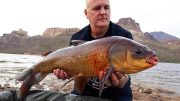

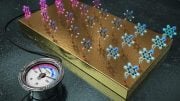
Be the first to comment on "Prehistoric Puzzle Solved: “Dino” Detective Techniques Reveal Mosasaur Dining Secrets"